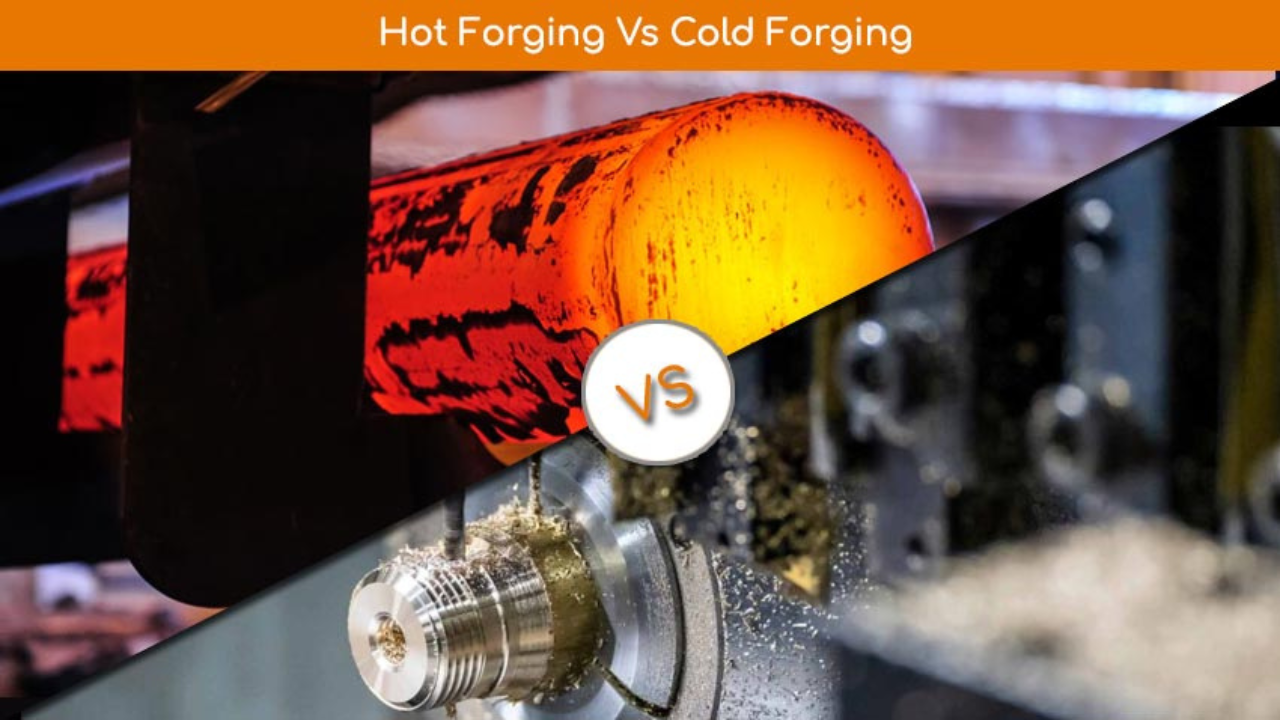The manufacturing process of milling tools heavily depends on forging because it establishes their performance characteristics along with strength and durability. The two main forging methods include hot die forging and cold forging. The two methods deliver distinct advantages that match different manufacturing needs. There are cold planer teeth removal tool that are very important in the milling tools manufacturing.
Understanding Hot Die Forging
The forging process using a hot die includes heating metal past its recrystallization threshold before die and press molding takes place. The metal reaches higher malleability through this process which enables the creation of complex shapes with enhanced mechanical properties.
Advantages of Hot Die Forging
- Hot-temperature processing creates refined grain structures that result in stronger and tougher milling tools.
- The workability of heated metal improves because it becomes more pliable, which enables complex design fabrication.
- The process removes internal voids, which leads to improved structural integrity for the tool.
- The forging process of hot die produces milling tools that demonstrate superior resistance to wear when used in demanding operational environments.
Disadvantages of Hot Die Forging
- The process needs substantial heat input, which drives up production expenses.
- High temperatures create oxidation that results in scaling, which requires extra finishing operations.
- Hot forging operations produce minor tool dimension changes because of thermal expansion effects.
Understanding Cold Forging
Metal shaping through high-pressure compression takes place during cold forging operations at temperatures near room temperature. The production of small high-precision parts with excellent surface finishes makes use of this technique.
Advantages of Cold Forging
- Tool dimensions remain precise and uniform because thermal expansion does not occur.
- The process achieves high material utilization, which reduces material waste, thus making operations more cost-effective.
- The metal becomes stronger through hardening at work in cold forging because the process increases its surface hardness.
- The process requires no heating, which leads to substantial energy savings.
Disadvantages of Cold Forging
- The process provides restricted workability because it cannot handle intricate designs or extensive milling tools.
- The process demands costly high-strength dies, which need to endure intense pressure during operation.
- Hot die forging produces better impact resistance than cold forging because it lacks heat treatment.
Optimal Forging Approach for Milling Tools?
The selection between hot die forging and cold forging depends on the unique specifications of milling tools.
- Hot die forging delivers better results for heavy-duty milling tools because it provides superior toughness and impact resistance, which suits road milling teeth and high-wear applications.
- Precision components benefit from cold forging because it produces small milling tool components that need precise dimensions along with excellent surface finish quality.
- The process of cold forging enables both reduced energy costs and minimal material waste, which leads to lower production expenses.
Conclusion
Milling tool manufacturing benefits from hot die forging and cold forging through different advantageous features. Hot die forging provides outstanding performance through durable tools that meet heavy-duty requirements, and cold forging delivers a combination of precision manufacturing, efficiency, and reduced costs. The selection depends on the unique specifications of milling tools to achieve maximum performance with an extended life duration.


